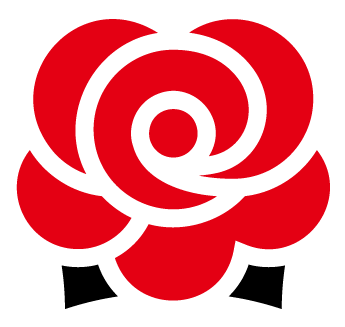The Master of the Universe, Hazrat Muhammad (PBUH), understood that he had been privileged with a divine mission at Hira and that he had been appointed to prophethood.
However, this heavy and massive duty had many responsibilities that had to be fulfilled.
He knew that this was a matter that would not be easy to fulfill in the society that he lived in.
From that moment on, our Master (PBUH) went one-on-one with the world and was going to convey the message that he received from Allah to the general public. Of course, this could not be seen as a simple task.
Allah’s Messenger (PBUH) estimated from where and how he would begin his holy and honorable duty to humanity very well.
He first explained the situation to his wife, Hazrat Khadija, who was closest to him. Hazrat Khadija unhesitatingly believed in him and attained the honor of becoming the first Muslim.
Afterwards, our Holy Prophet (PBUH) taught her the manner of ablution that he had learned from Hazrat Jibril (Gabriel) and led her in two rakah prayer which he had also learned from Hazrat Jibril.
This two rakah prayer that our Holy Prophet (PBUH) performed (1) was the first prayer that he led as an imam; he performed that prayer a Monday. (2)
1. At the beginning, it was obligated as 2 rakahs of prayer to be performed twice a day (the timing of the prayers resembled the timing of our morning and early evening prayers-fajr and maghrib). Much later, tahajjud was added to this. After 5 rakahs of prayer were determined during the ascension (Miraj), the obligation of the night prayer (tahajjud) was changed to supererogatory prayer for the ummah (community of believers). Nevertheless, it continued to be an obligation for our Holy Prophet (PBUH).
[2] Tahirü’l-Mevlevi, Müslümanlıkta İbâdet Tarihi, p. 25.
